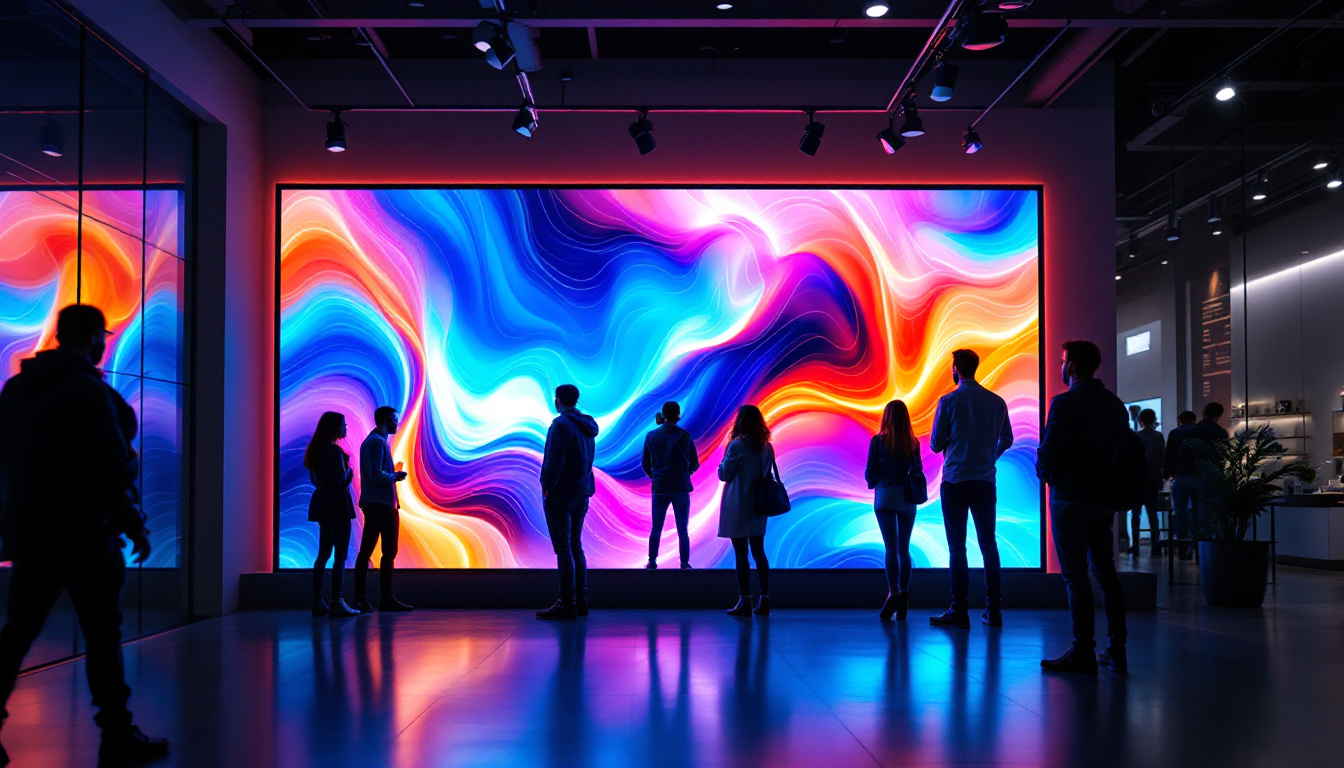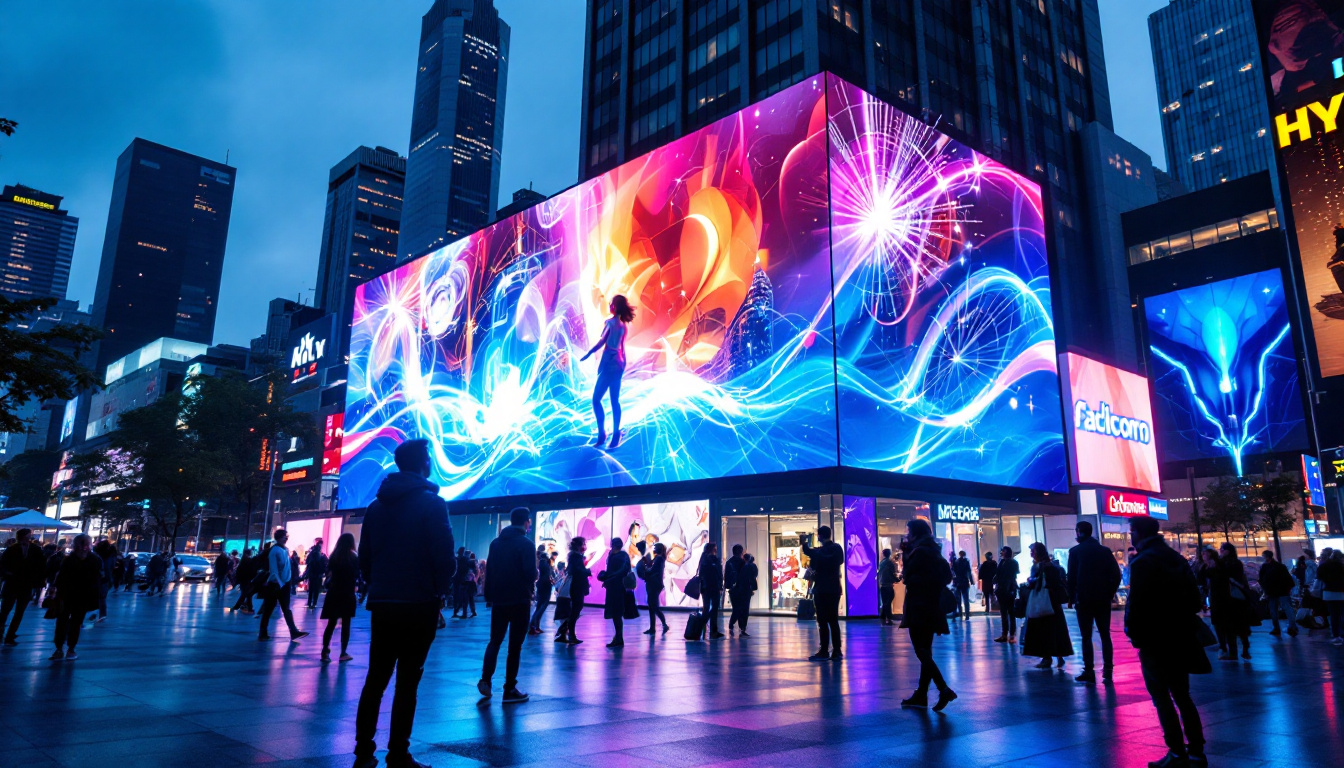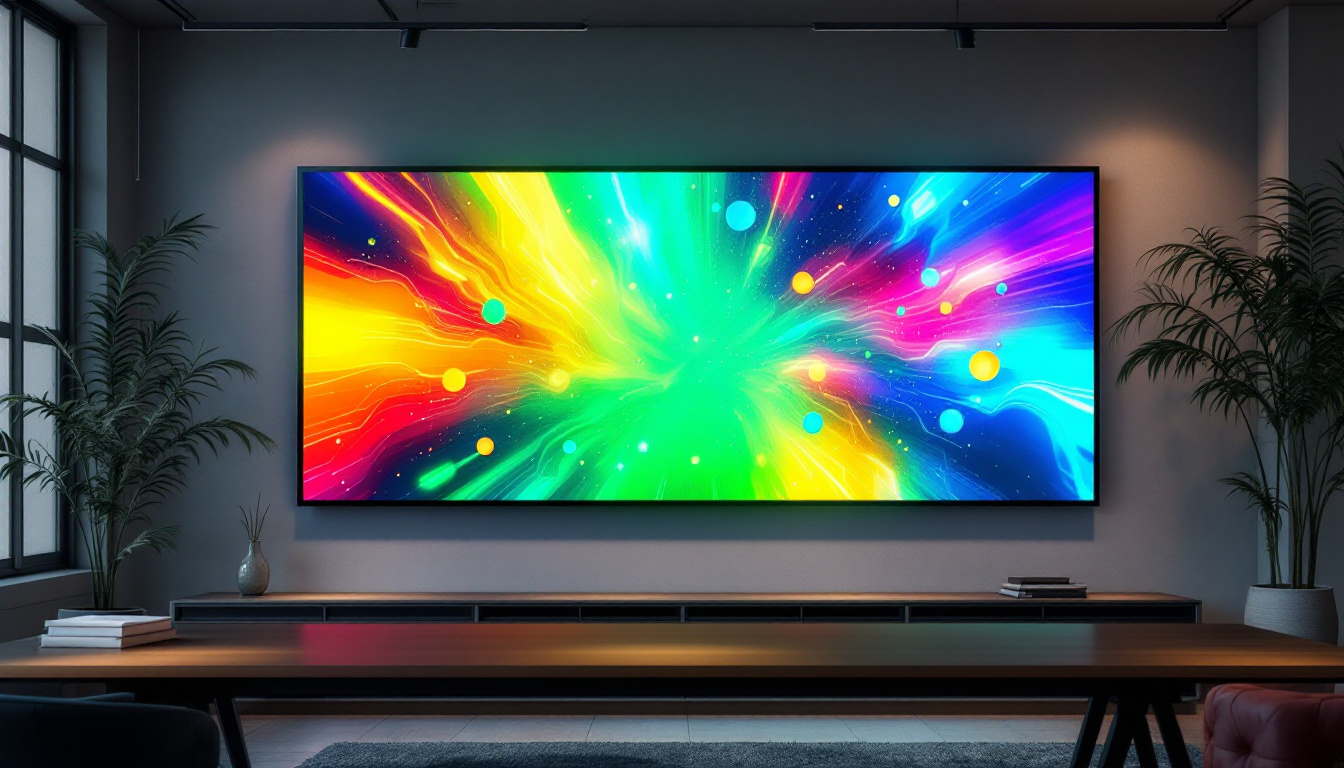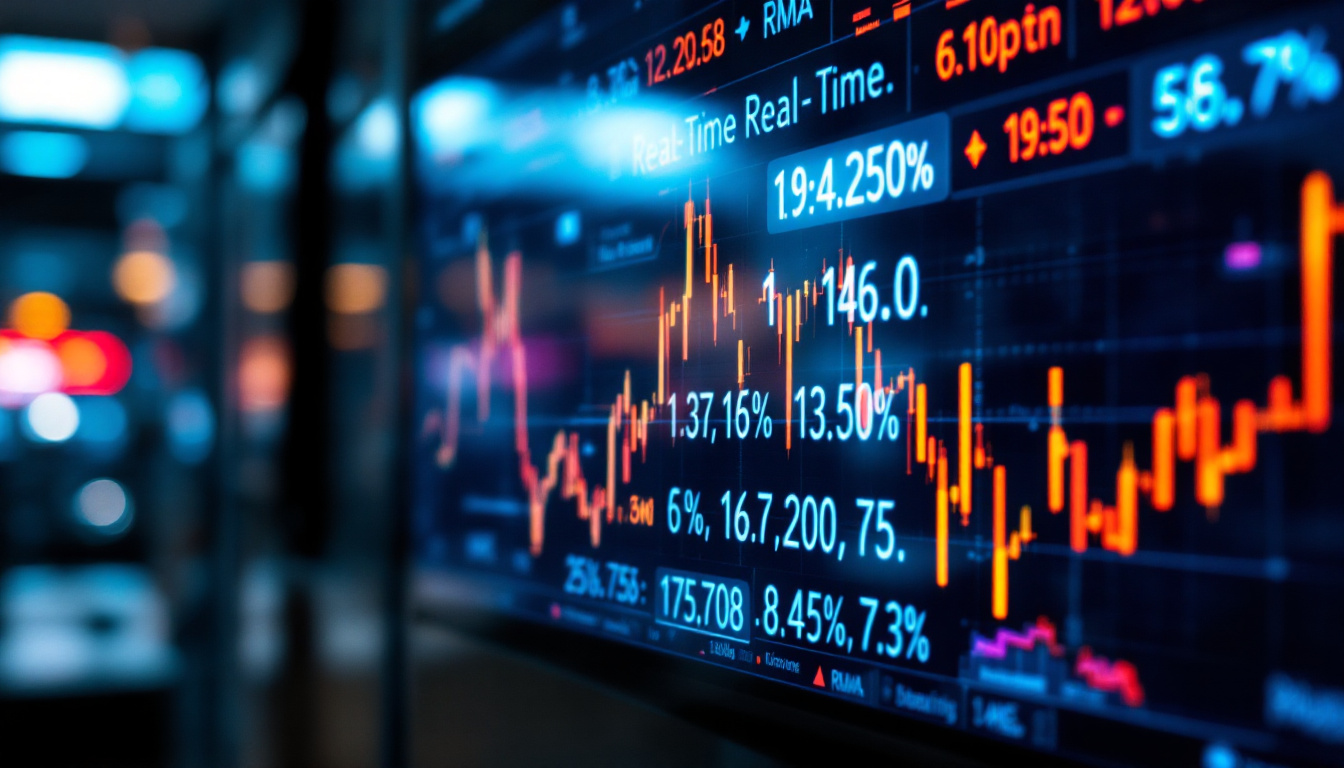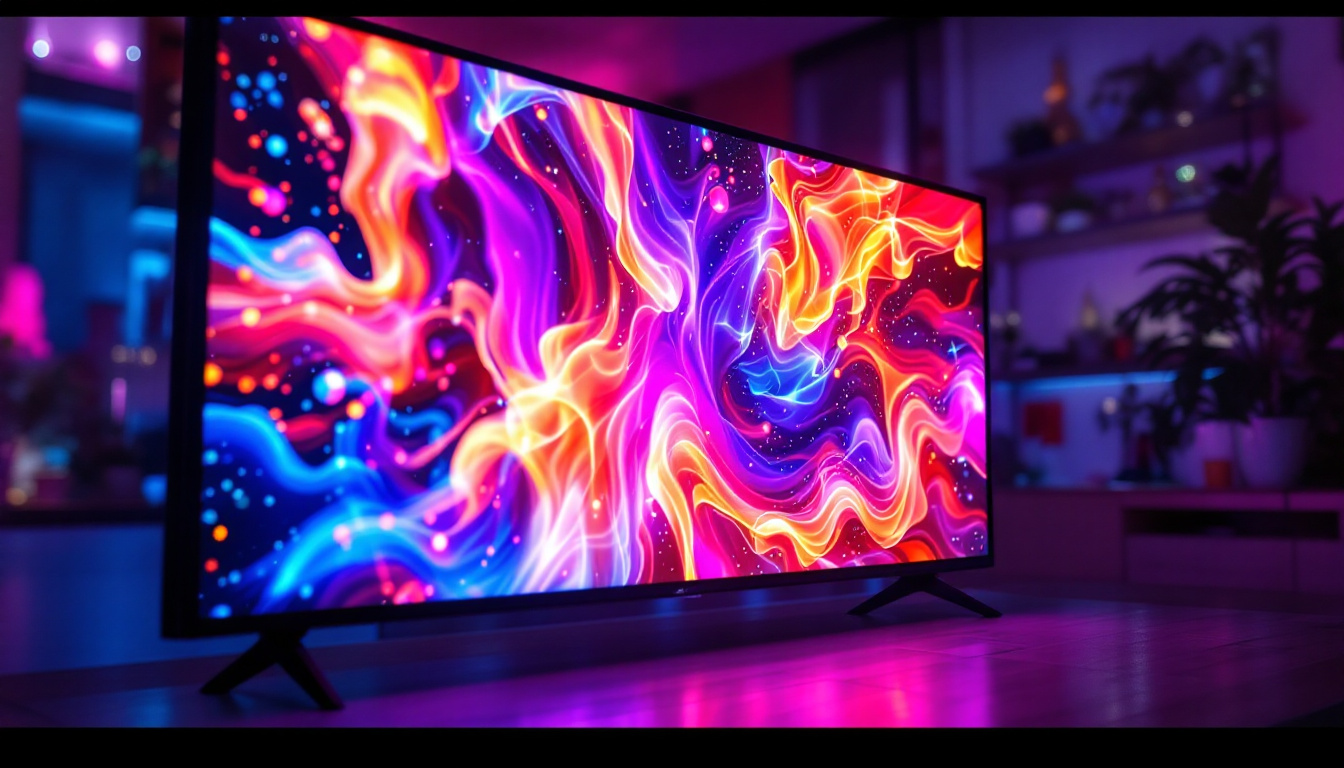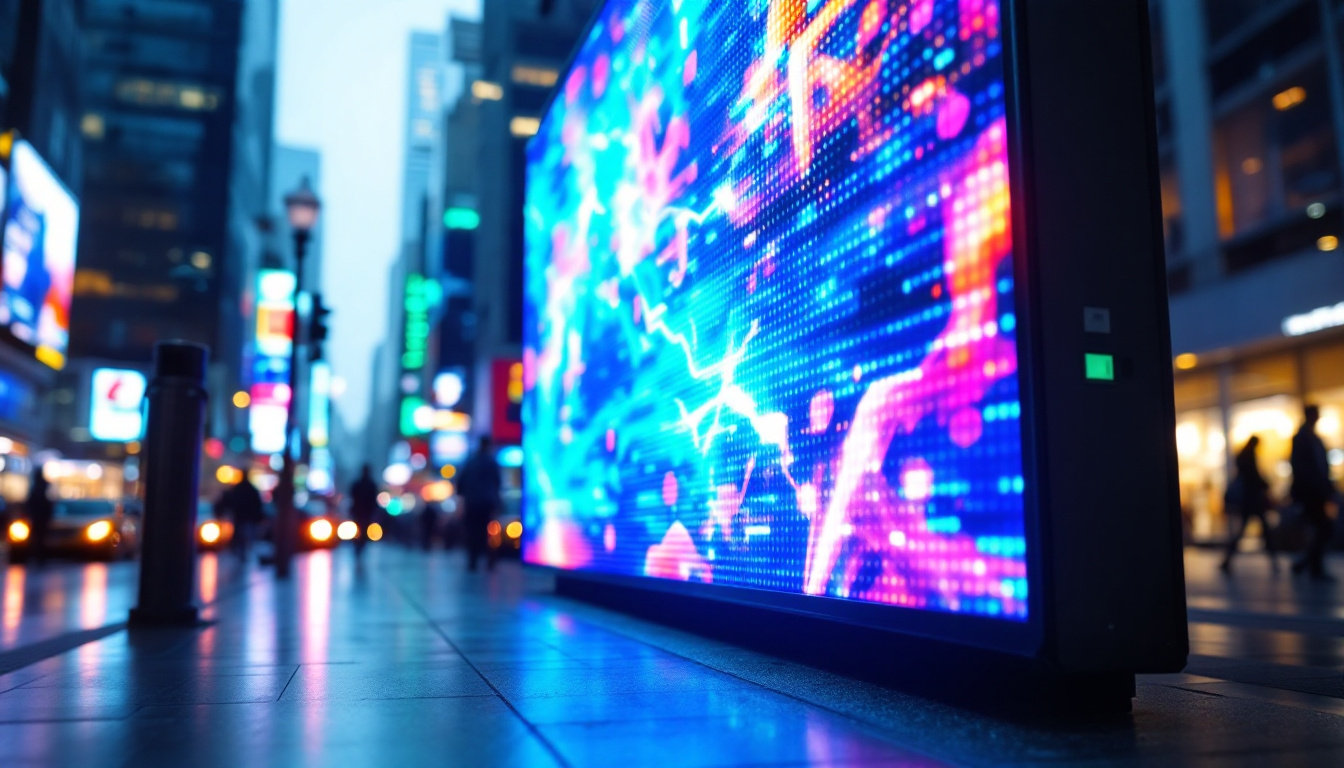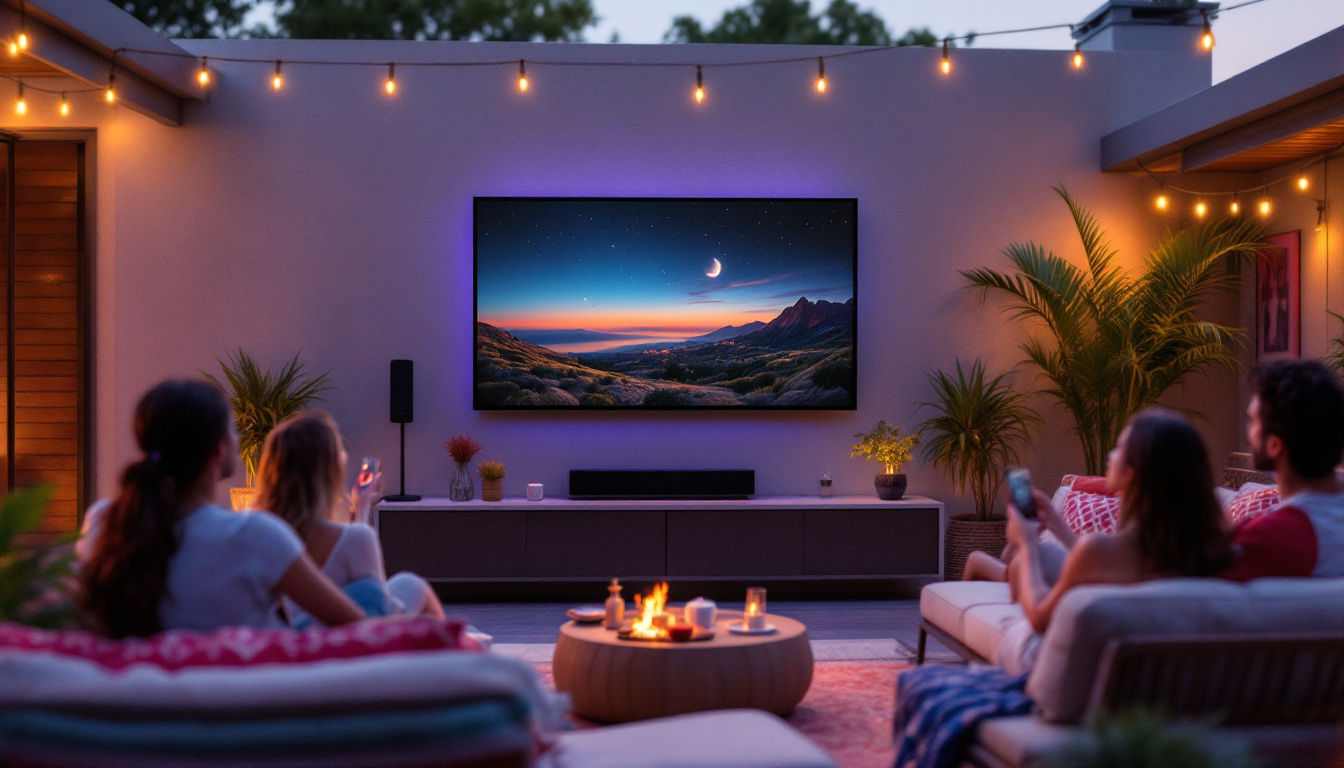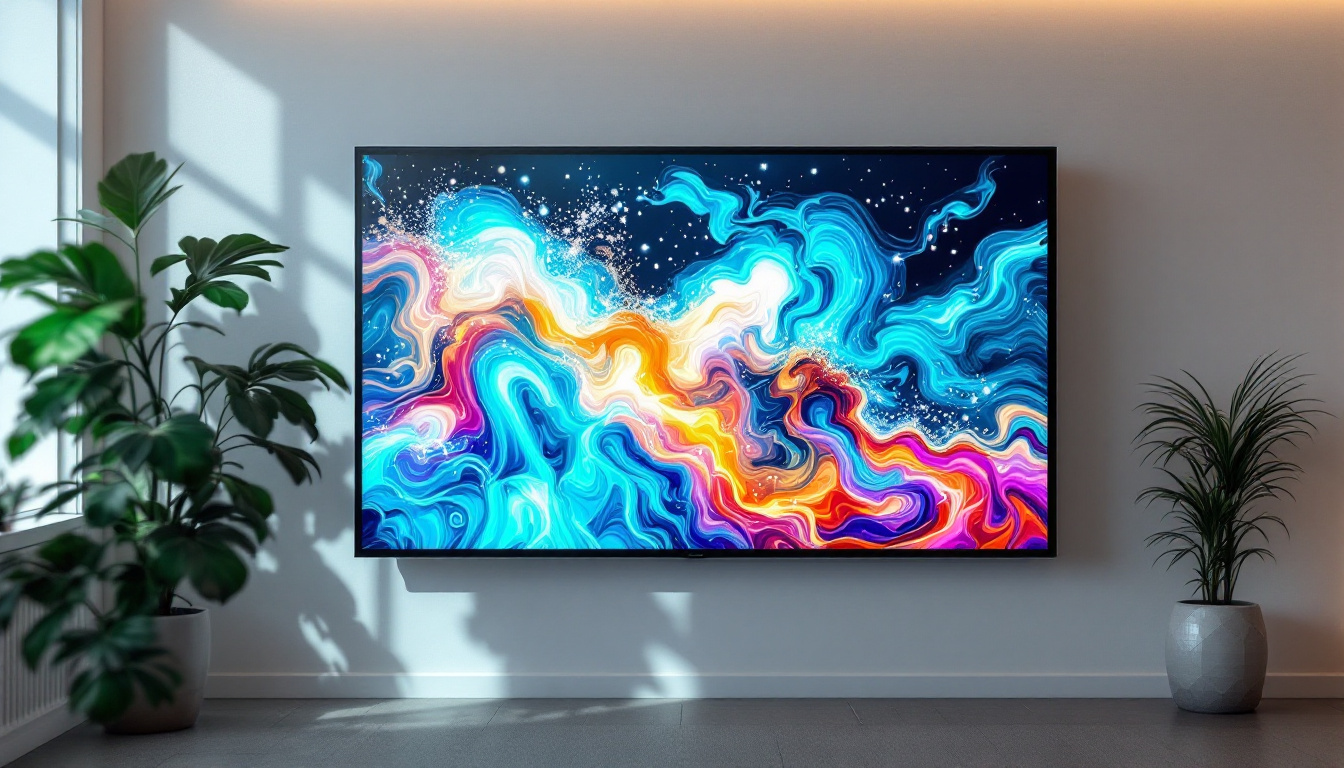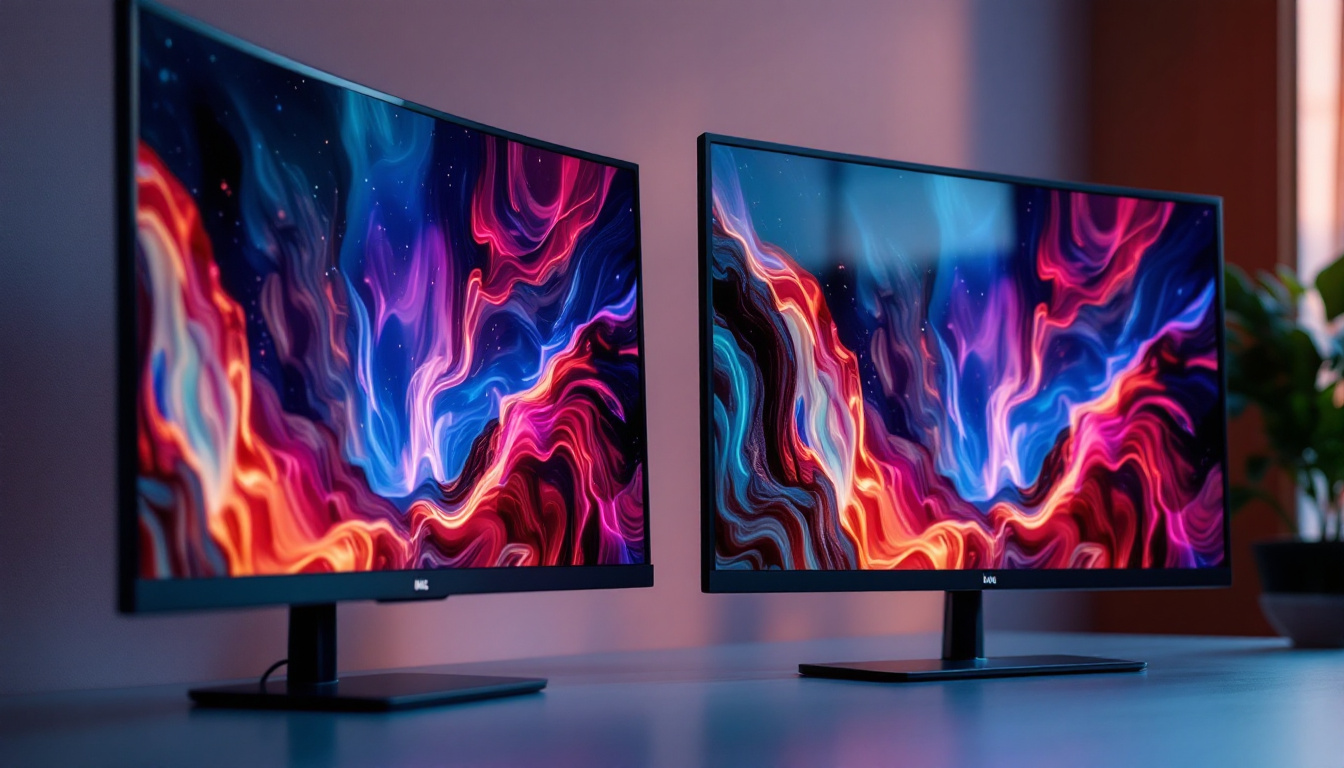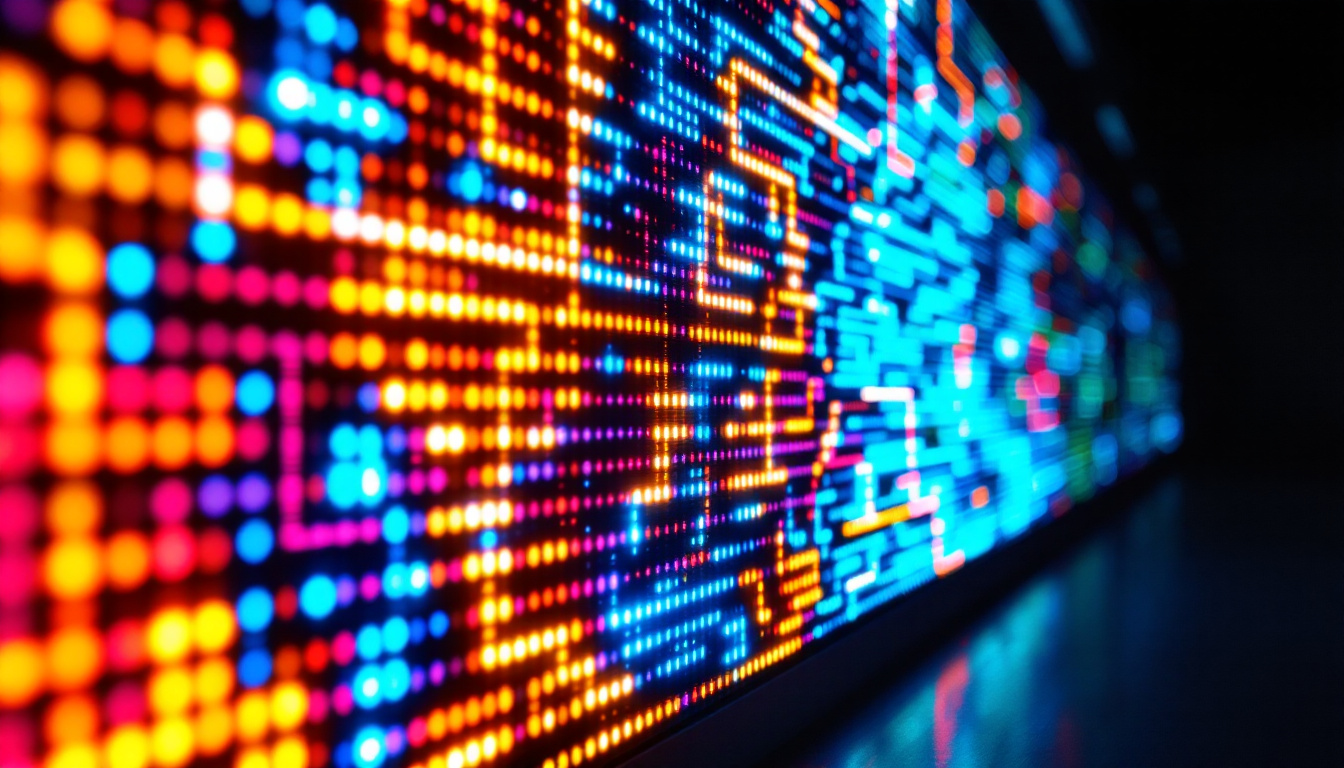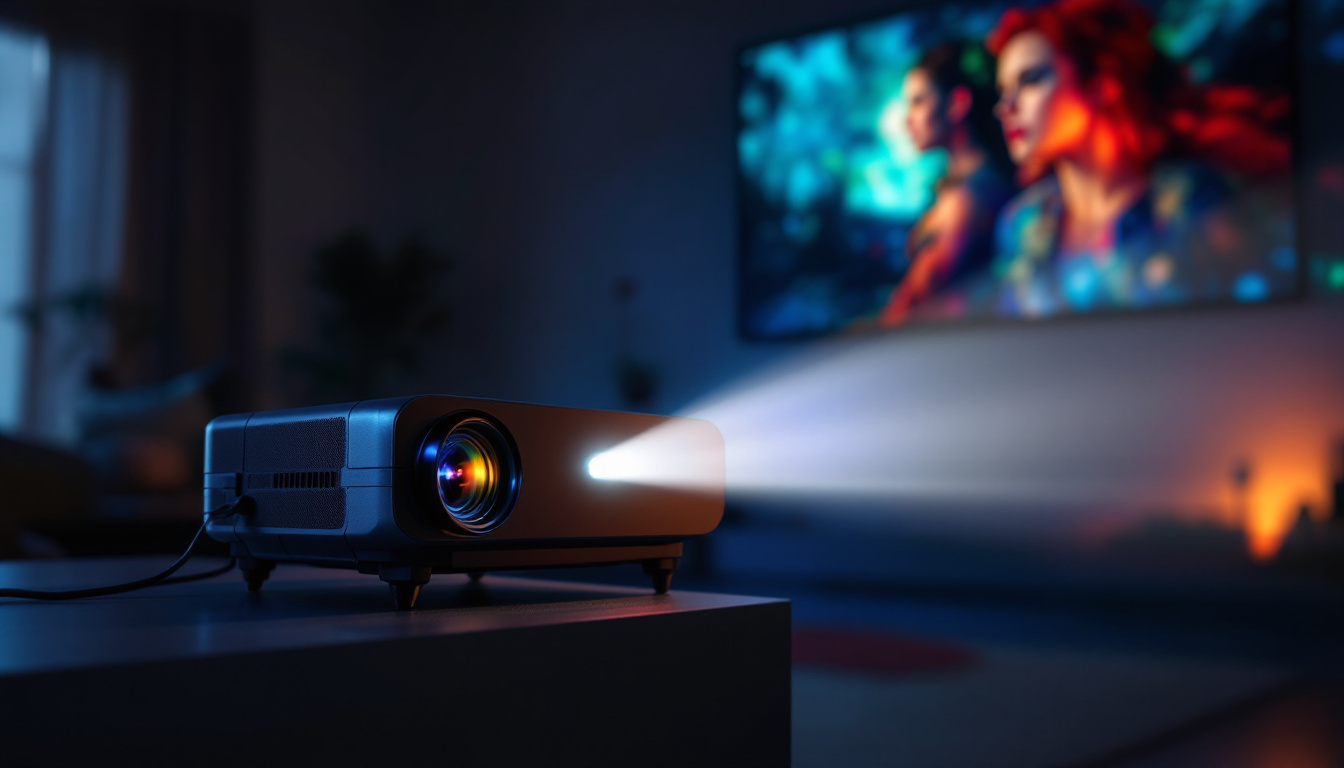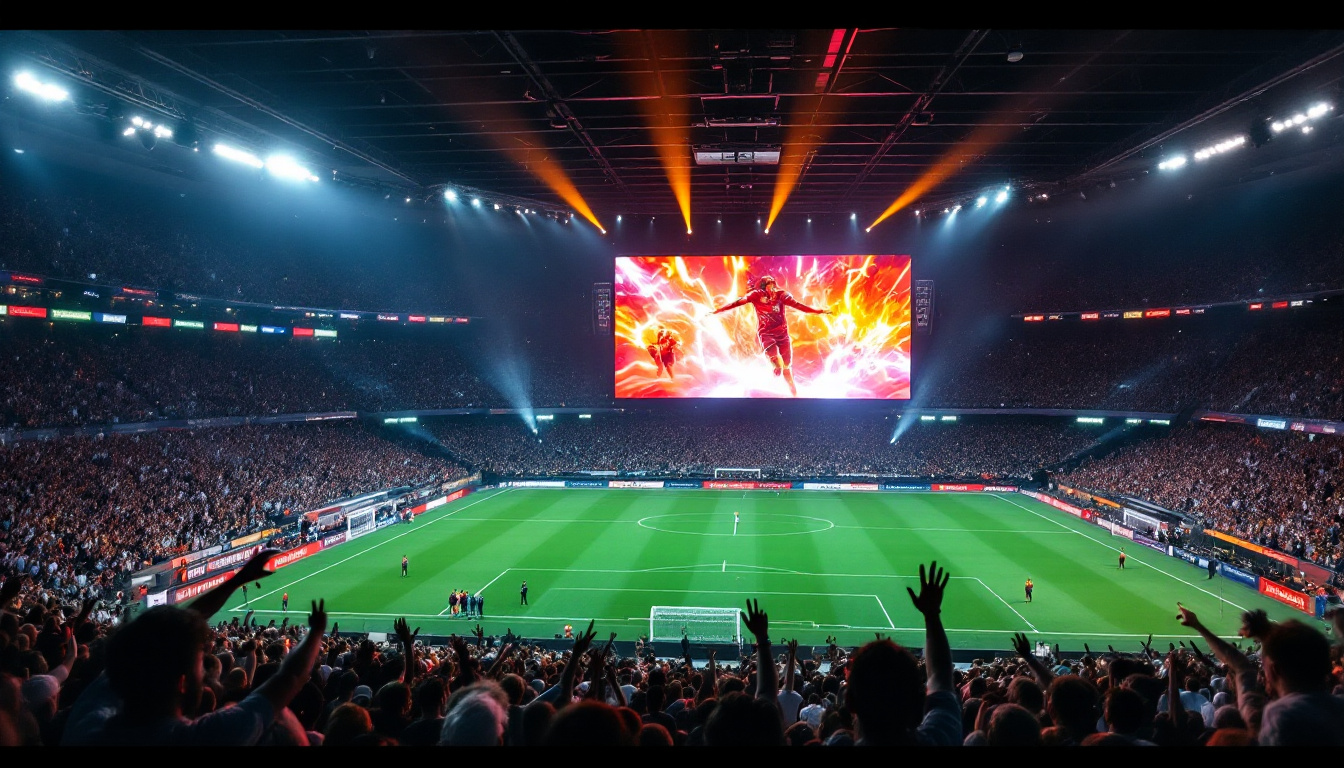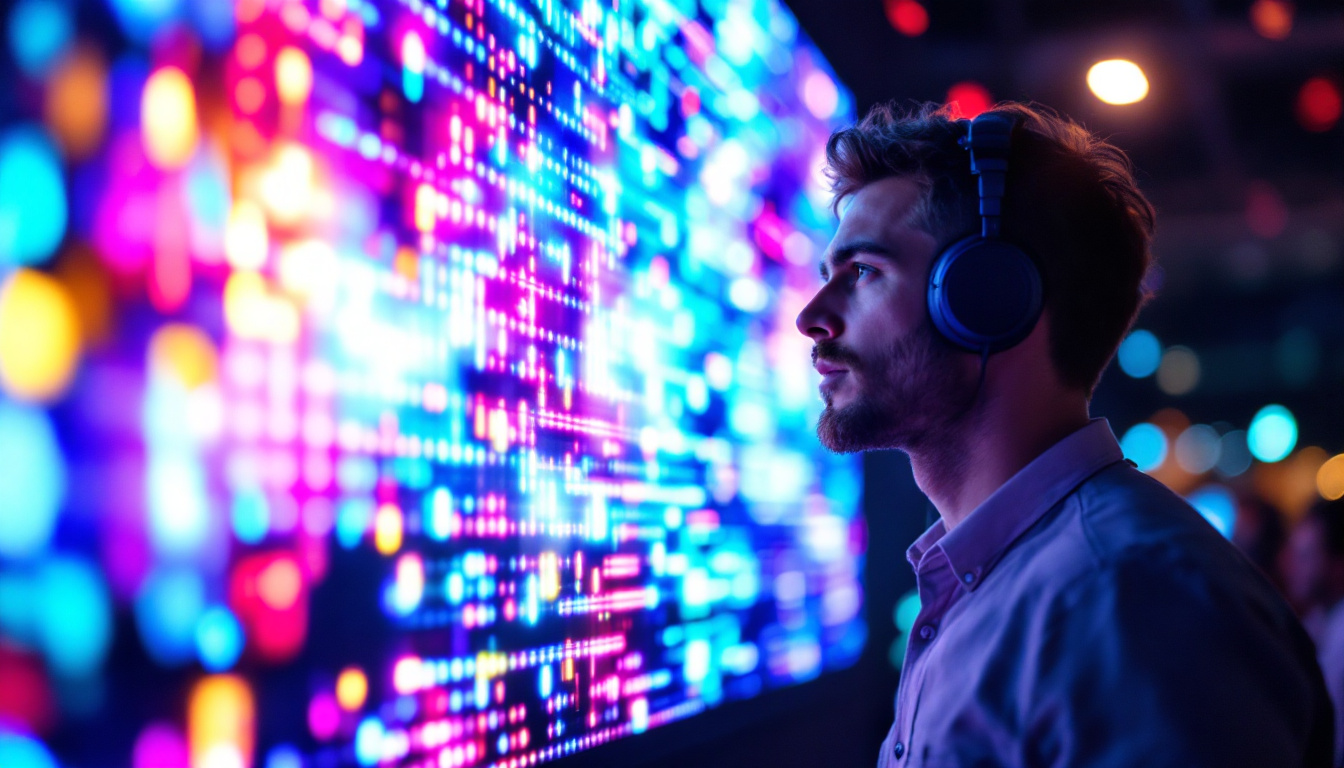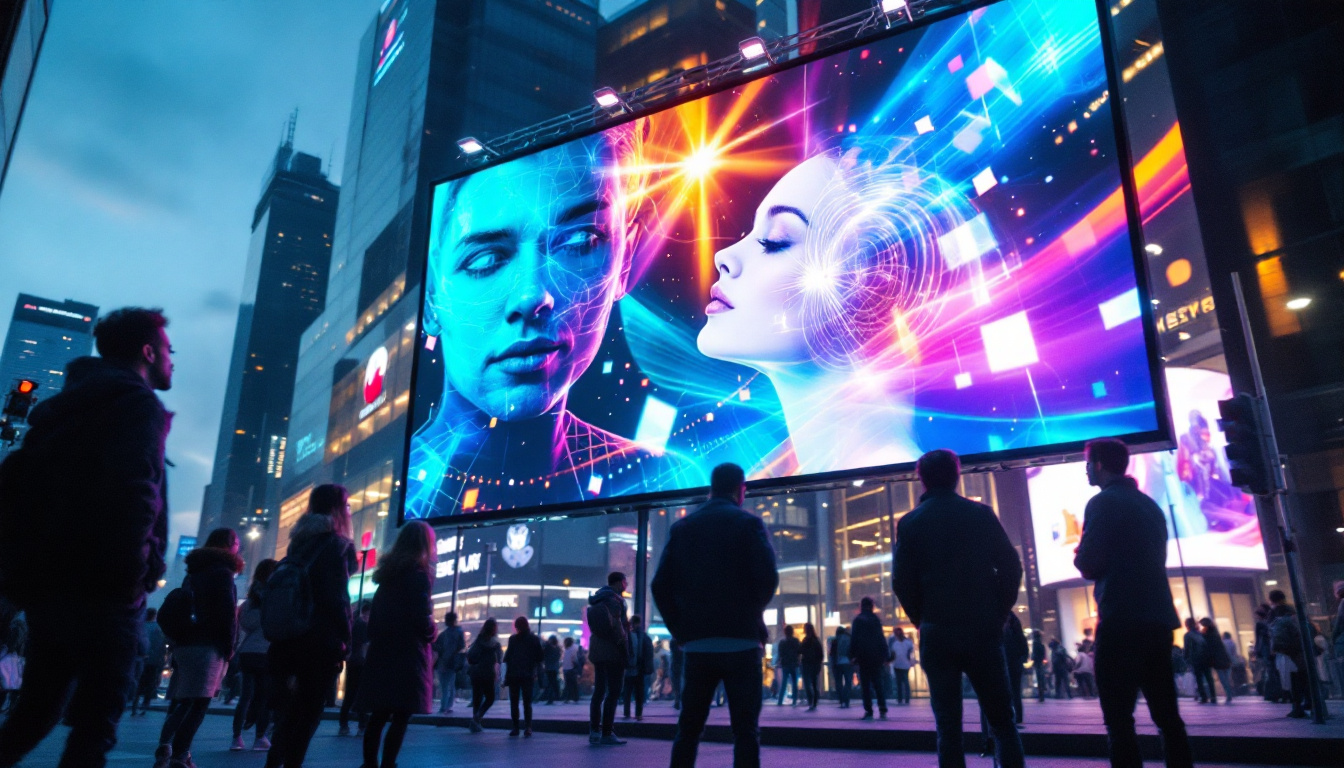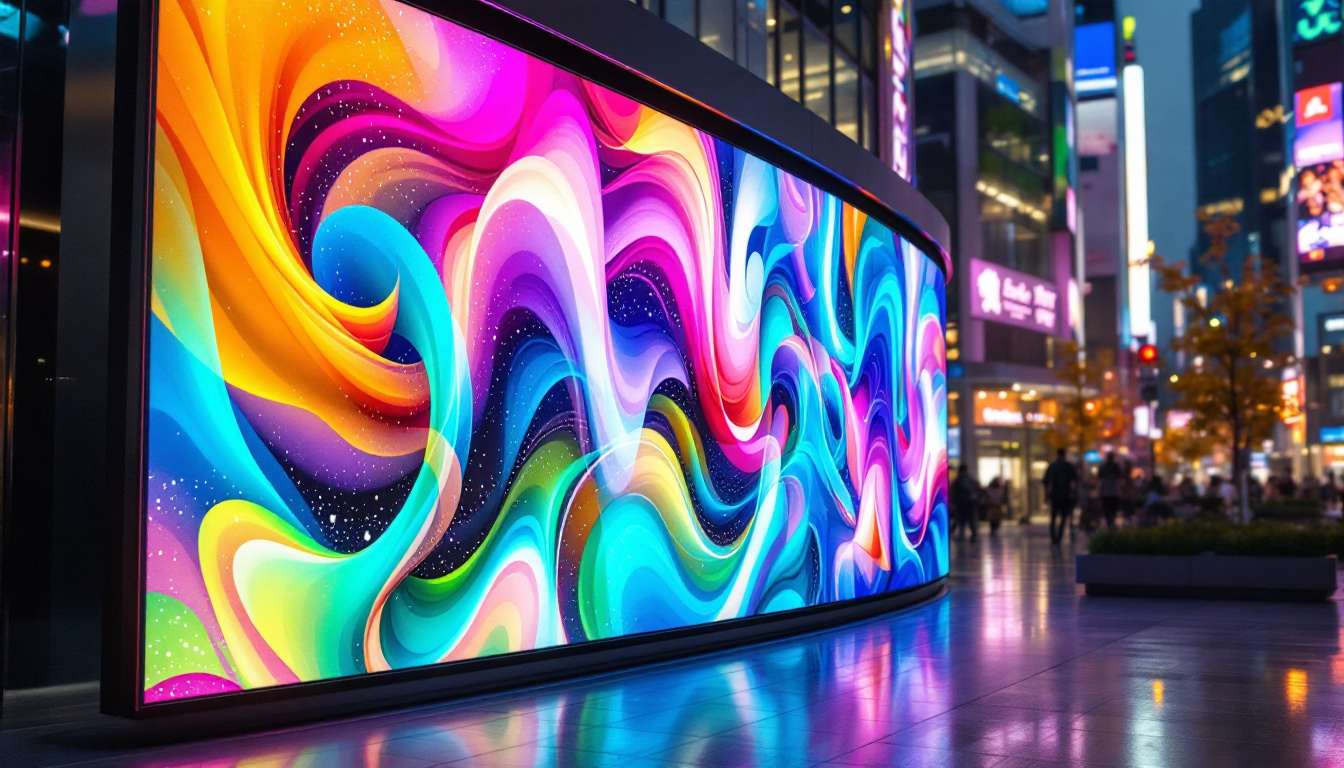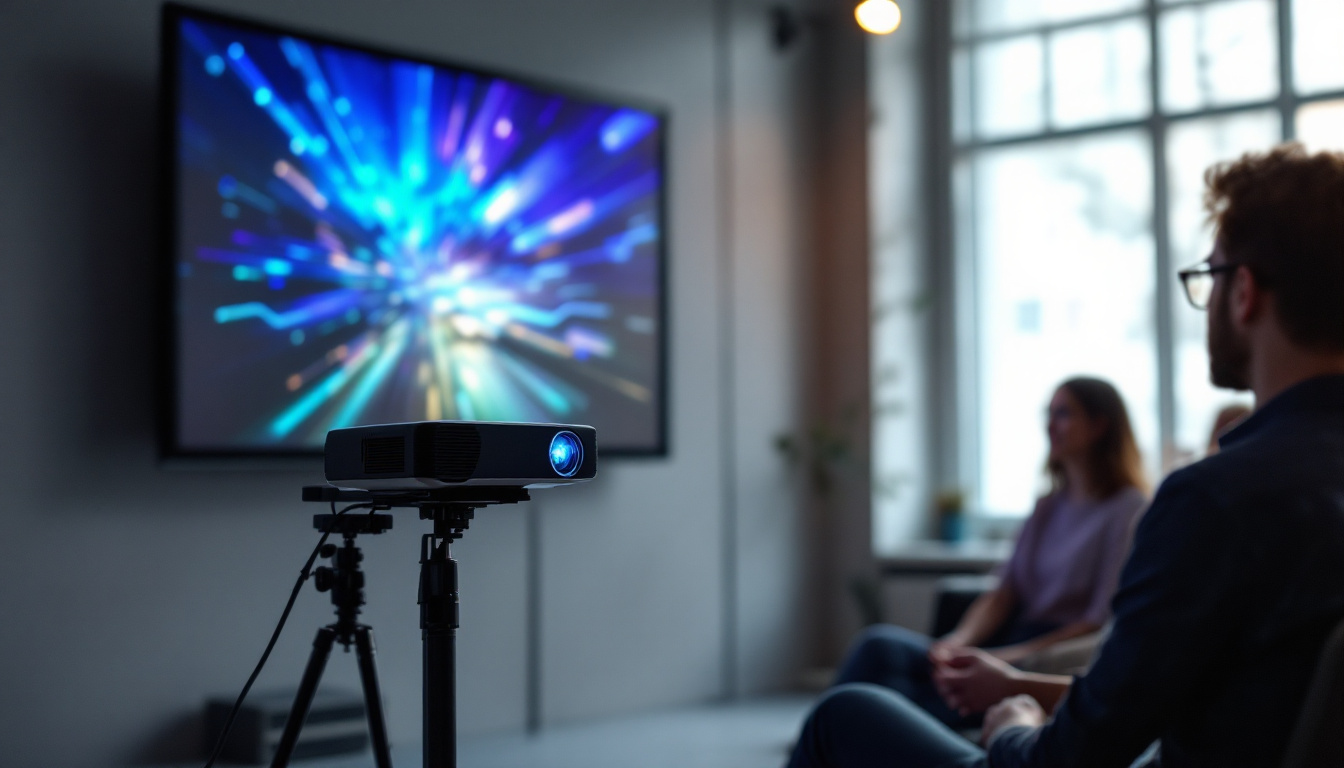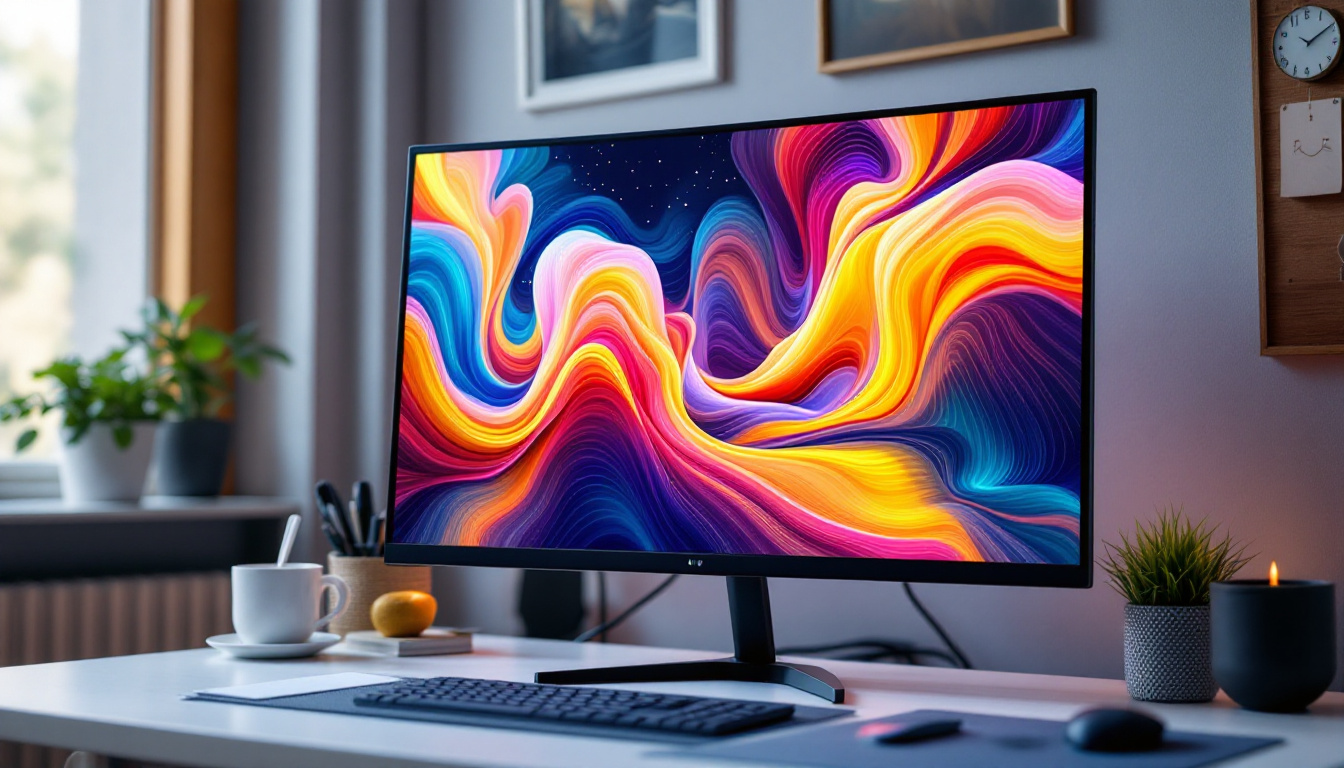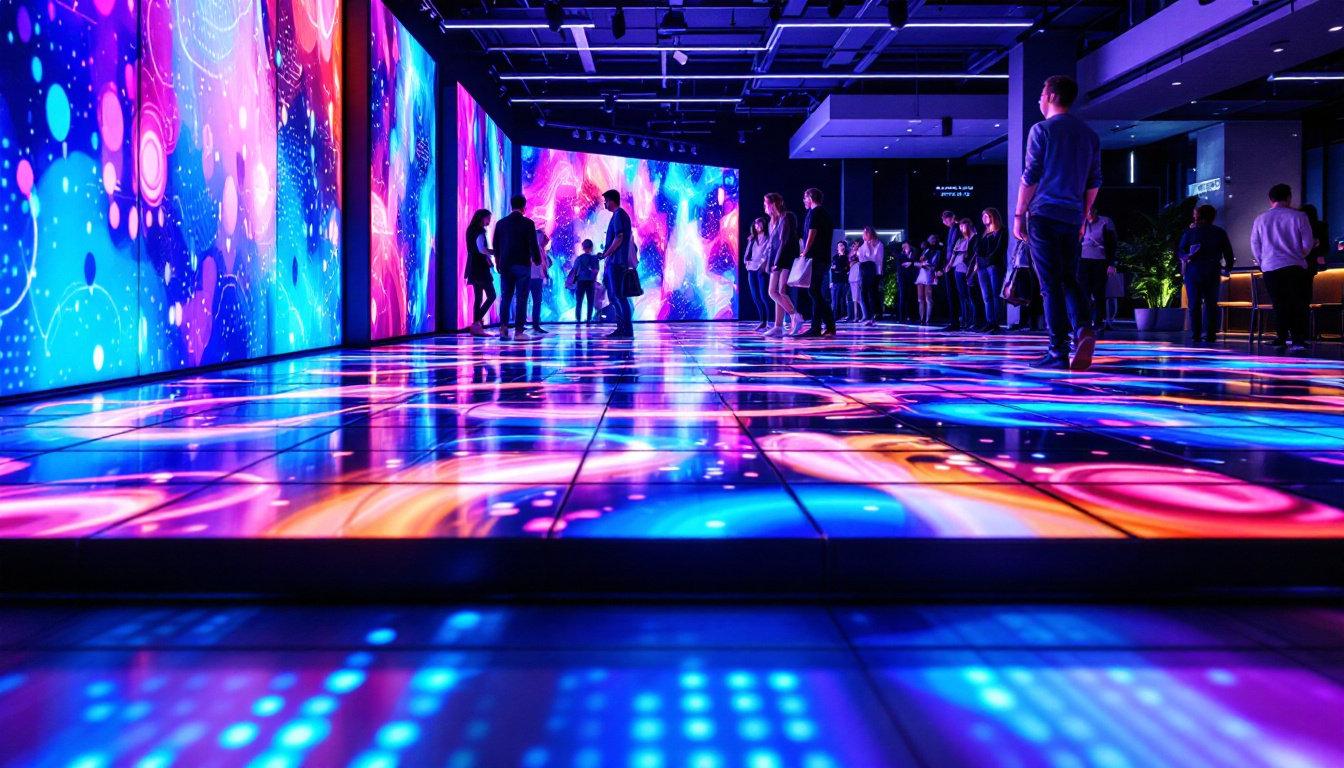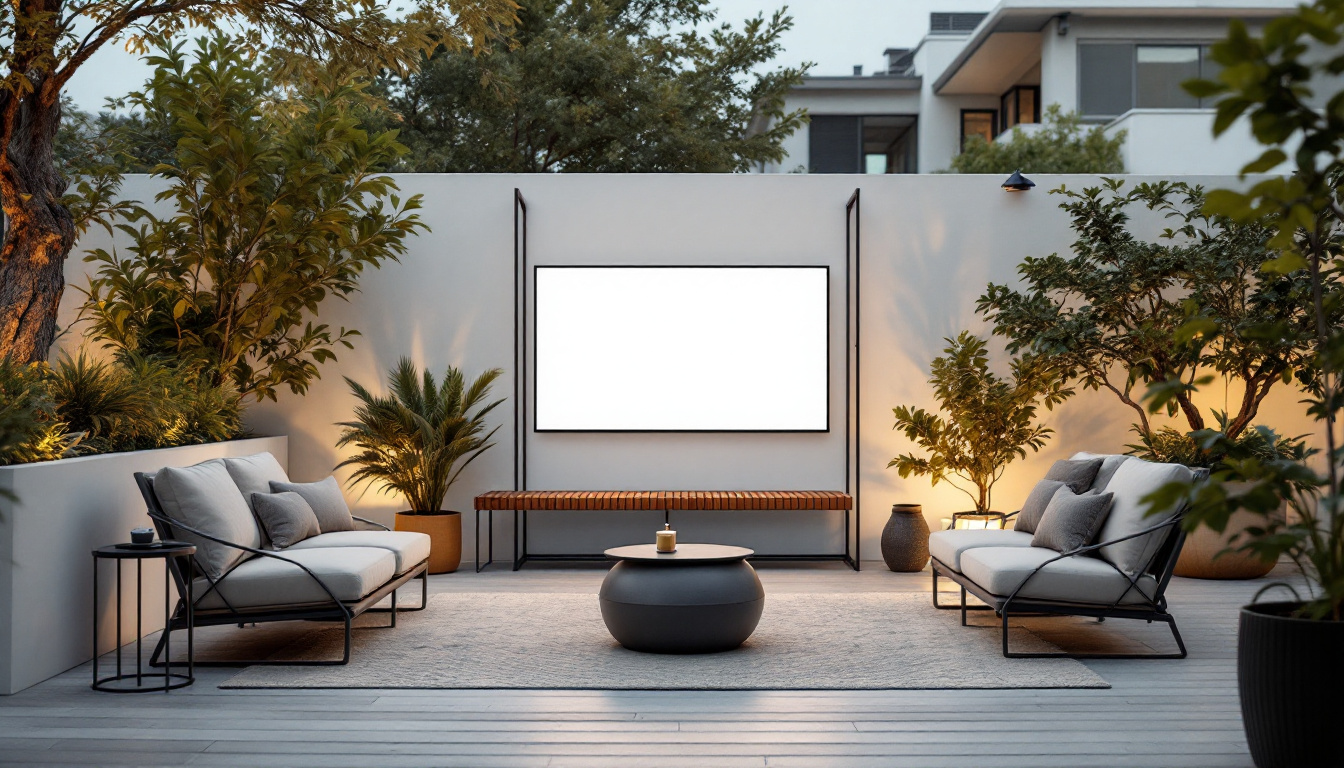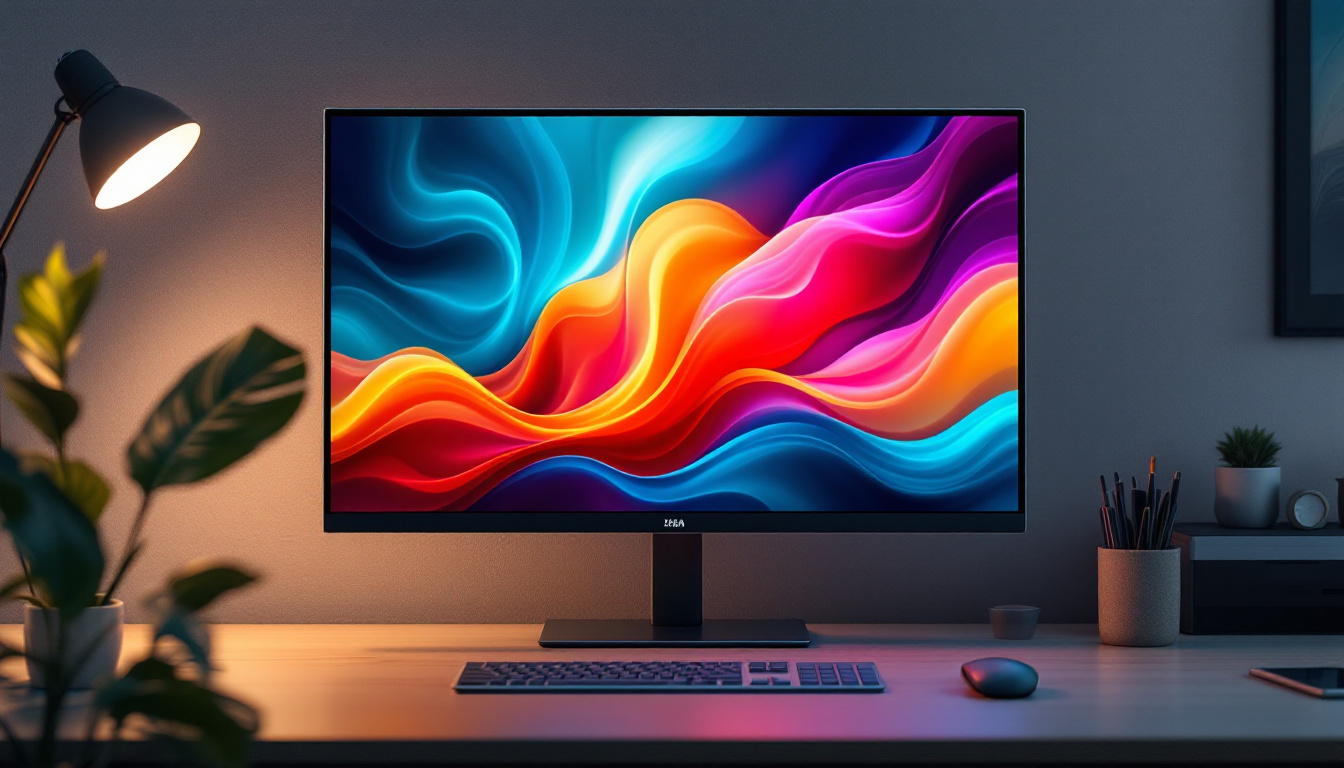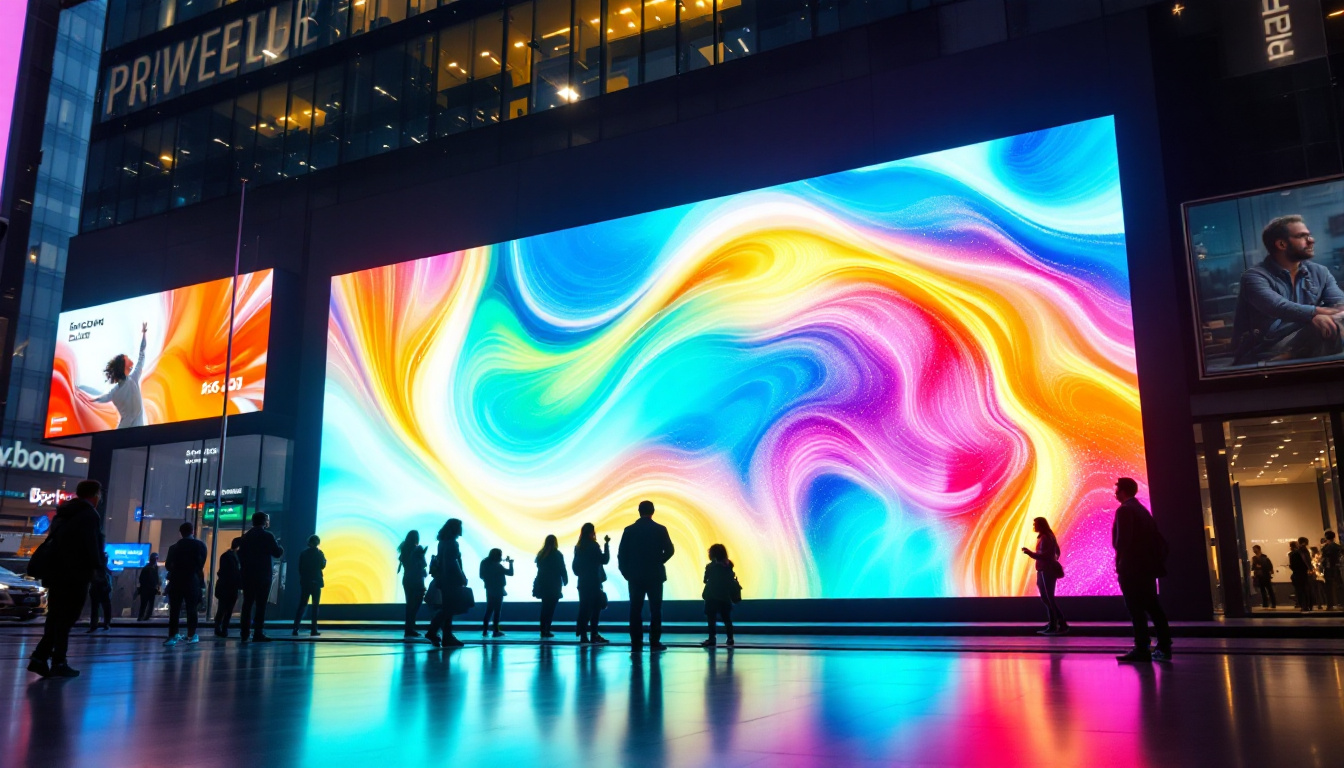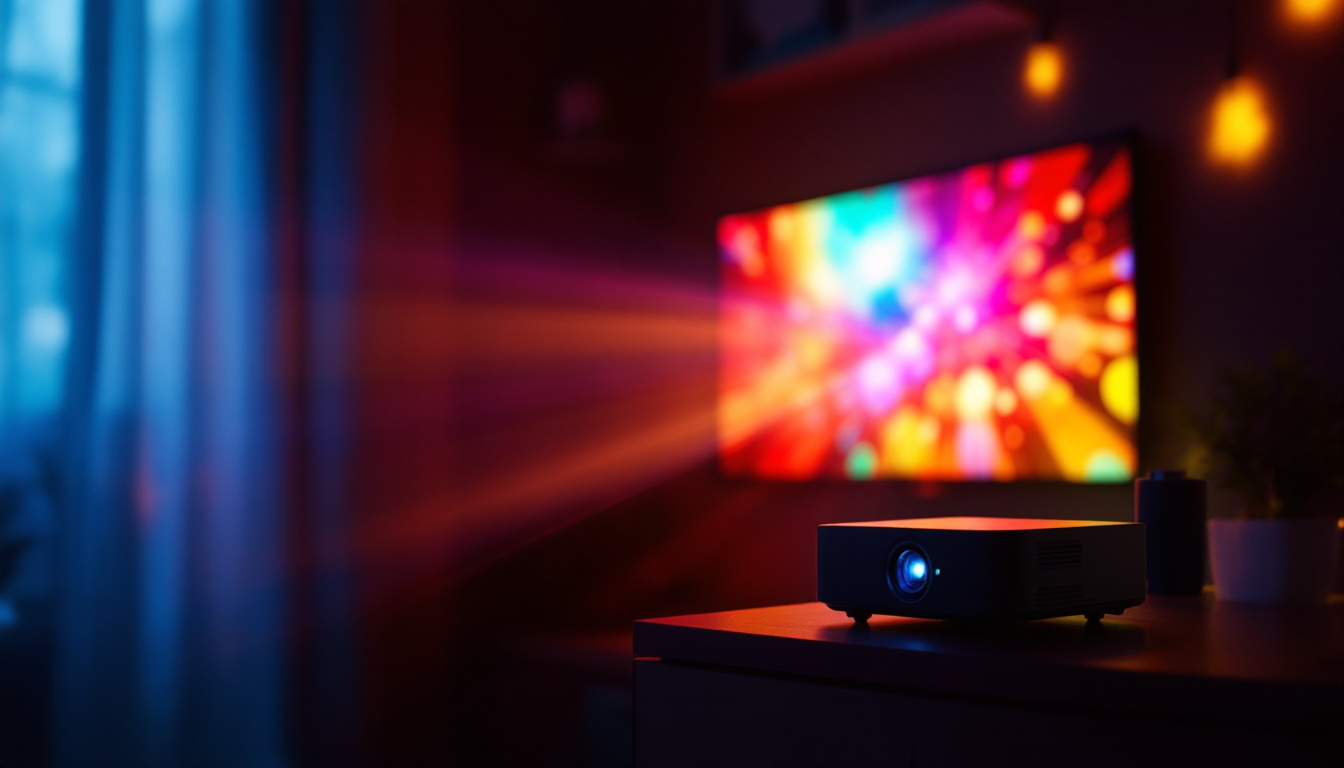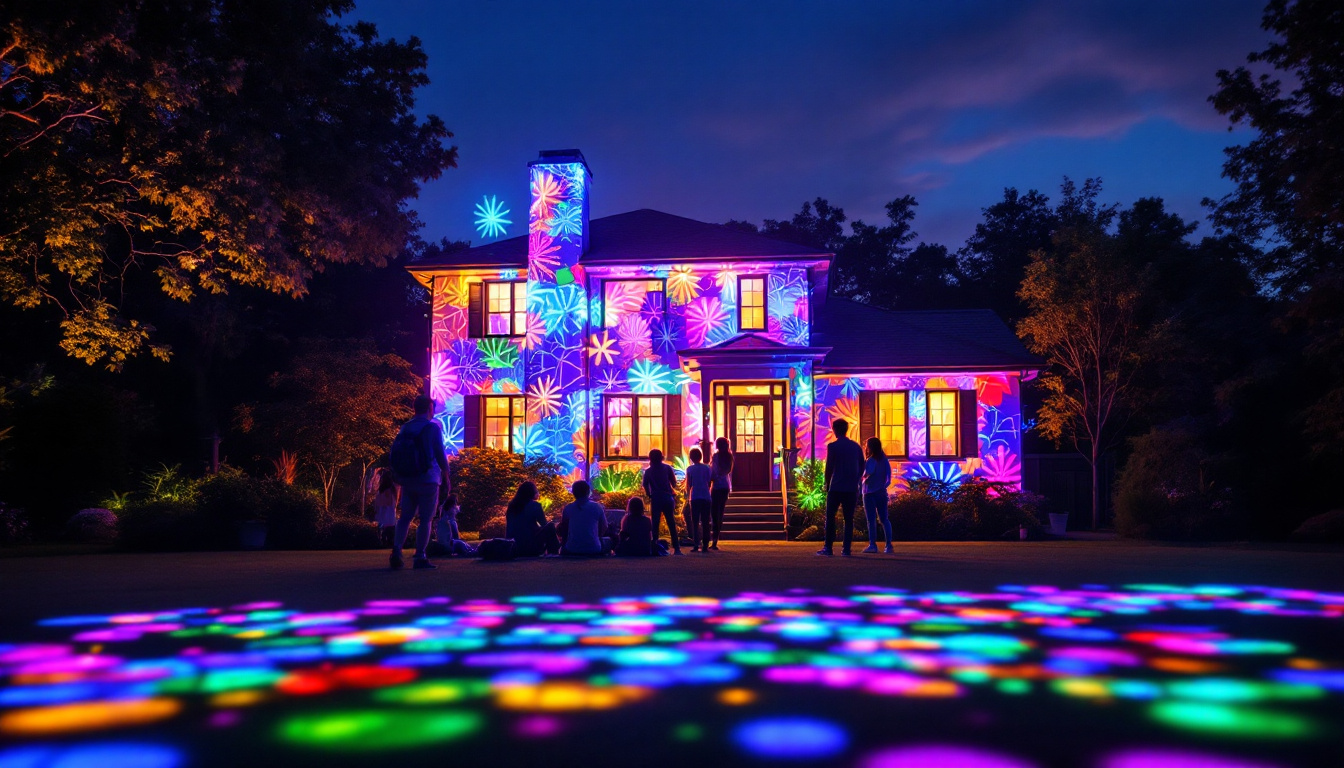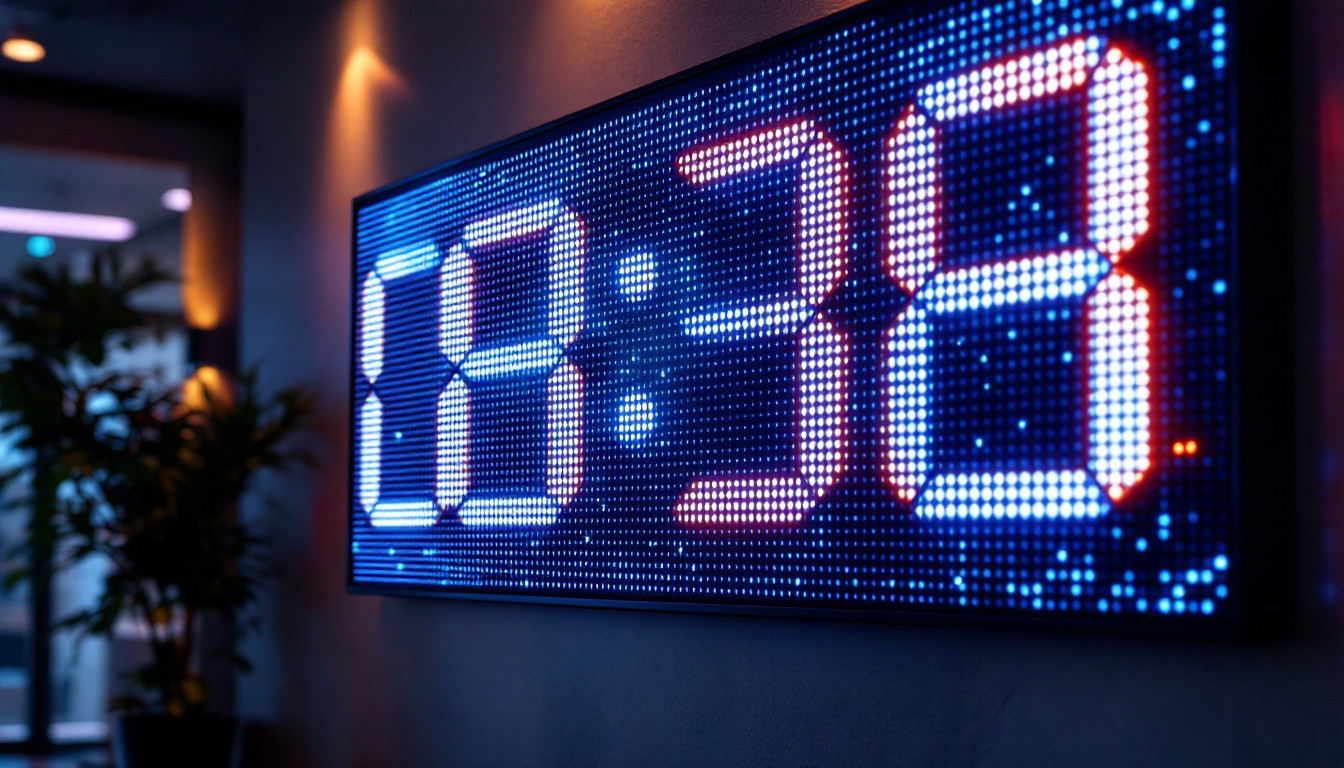In today’s competitive market, businesses are constantly looking for innovative ways to attract customers and enhance their brand presence. One of the most effective tools for achieving this is through the use of LED displays. These vibrant, dynamic displays have transformed the way products are showcased in showrooms, offering a blend of technology and creativity that captivates audiences. This article delves into the world of LED displays, exploring their features, benefits, and applications in showroom environments.
Understanding LED Displays
LED, or Light Emitting Diode, displays are electronic devices that utilize LEDs to produce images, videos, and animations. Unlike traditional display technologies, LED displays offer superior brightness, contrast, and color accuracy, making them ideal for showcasing products in a showroom setting. They can be used in various forms, including large video walls, digital signage, and smaller display units.
How LED Displays Work
At the core of an LED display are tiny semiconductor devices that emit light when an electric current passes through them. These diodes are arranged in a grid format, allowing for the creation of images by controlling the intensity and color of each individual LED. The combination of red, green, and blue LEDs produces a full spectrum of colors, enabling the display to present vibrant and lifelike visuals.
LED displays can be either direct view or backlit. Direct view displays are made up of individual LED modules that form the entire screen, while backlit displays use LEDs to illuminate an LCD panel. The former is more common in large-scale installations, such as video walls, due to their superior brightness and viewing angles. Additionally, advancements in technology have led to the development of finer pixel pitches, allowing for higher resolutions and more detailed images, which are particularly beneficial in environments where clarity is paramount.
Types of LED Displays
There are several types of LED displays, each designed for specific applications. Some of the most common types include:
- Indoor LED Displays: These displays are designed for use in indoor environments, offering high resolution and brightness suitable for close viewing distances. They are often used in retail showrooms, corporate lobbies, and event venues.
- Outdoor LED Displays: Built to withstand harsh weather conditions, outdoor LED displays are brighter and more durable than their indoor counterparts. They are commonly used for advertising billboards, stadiums, and public events.
- Transparent LED Displays: These innovative displays allow for visibility through the screen, making them ideal for retail environments where product visibility is essential. They can be used in windows or as partitions without obstructing the view.
Moreover, LED displays are increasingly being integrated with smart technology, allowing for features such as remote content management and real-time updates. This capability is particularly advantageous for businesses that need to adapt their messaging quickly, whether for promotions, events, or emergency announcements. The integration of sensors and interactive elements can also enhance user engagement, transforming a passive viewing experience into an interactive one. As a result, LED displays are not just a tool for visual communication; they are becoming a dynamic part of the customer experience, capable of responding to audience behavior and preferences.
Another exciting development in the realm of LED technology is the emergence of flexible LED displays. These displays can be bent and shaped to fit unconventional spaces, allowing for creative installations that were previously impossible. From curved screens in theaters to wrap-around displays in retail environments, the versatility of flexible LED technology opens up new avenues for artistic expression and branding. As the demand for unique and immersive experiences grows, flexible LED displays are likely to play a significant role in the future of visual communication.
Benefits of Using LED Displays in Showrooms
Integrating LED displays into showroom environments offers a multitude of advantages that can significantly enhance customer engagement and brand visibility. Here are some key benefits:
Enhanced Visual Appeal
LED displays are known for their vibrant colors and high brightness levels, which can attract attention even in well-lit environments. This visual appeal is crucial in a showroom where the goal is to showcase products effectively. The dynamic content that can be displayed—such as videos, animations, and interactive elements—creates an immersive experience that engages customers and encourages them to explore further.
Flexibility and Customization
One of the standout features of LED displays is their versatility. Showrooms can easily change the content displayed to highlight different products or promotions without the need for physical alterations. This flexibility allows businesses to tailor their messaging to specific audiences or seasonal trends, ensuring that the display remains relevant and engaging.
Cost-Effectiveness
While the initial investment in LED display technology may be higher than traditional signage, the long-term cost savings can be significant. LED displays are energy-efficient, consuming less power than other types of displays. Additionally, their durability means lower maintenance costs and longer lifespans, making them a wise investment for any showroom.
Applications of LED Displays in Showrooms
LED displays can be utilized in various ways within showroom environments, enhancing both the customer experience and the effectiveness of marketing efforts. Here are some popular applications:
Product Showcasing
One of the primary uses of LED displays in showrooms is for product showcasing. High-resolution displays can present products in stunning detail, allowing customers to appreciate features and benefits that may not be visible in traditional displays. For instance, a car showroom can use a large LED screen to showcase the vehicle’s features through videos and animations, providing a more engaging experience than static images.
Interactive Displays
Interactive LED displays can take customer engagement to the next level. By incorporating touch technology, customers can interact with the display to learn more about products, view specifications, or even customize options. This level of interactivity not only enhances the customer experience but also encourages longer dwell times in the showroom, increasing the likelihood of a sale.
Promotional Content
LED displays are perfect for displaying promotional content, such as special offers, discounts, or upcoming events. The ability to change content quickly means that showrooms can respond to market trends and customer preferences in real-time, ensuring that promotional messages are timely and relevant. This adaptability can significantly boost foot traffic and sales.
Choosing the Right LED Display for Your Showroom
When selecting an LED display for a showroom, several factors must be considered to ensure that the investment aligns with business goals. Here are some key considerations:
Size and Resolution
The size of the display should be determined by the showroom’s layout and the viewing distance. Larger displays may be necessary for open spaces, while smaller displays can suffice in more intimate settings. Additionally, resolution is crucial; higher resolution displays provide clearer images, which is particularly important for detailed product showcases.
Brightness and Environment
Brightness levels are essential, especially for outdoor displays or showrooms with significant natural light. The display’s brightness should be sufficient to ensure visibility without straining the eyes. Understanding the environment in which the display will be used will help in selecting the appropriate brightness level.
Content Management System
A robust content management system (CMS) is vital for managing the display’s content effectively. A good CMS allows for easy updates, scheduling of content, and integration with other marketing tools. This ensures that the display remains dynamic and engaging, reflecting the latest offerings and promotions.
Installation and Maintenance of LED Displays
Proper installation and maintenance are critical to ensuring that LED displays function optimally and have a long lifespan. Here are some best practices:
Professional Installation
While some businesses may consider a DIY approach to installing LED displays, professional installation is highly recommended. Experts can ensure that the display is mounted securely, configured correctly, and integrated seamlessly with existing systems. This not only enhances safety but also guarantees optimal performance.
Regular Maintenance
Regular maintenance is essential to keep LED displays in good working condition. This includes routine cleaning, software updates, and inspections for any signs of wear or damage. Establishing a maintenance schedule can help prevent issues that could disrupt the display’s operation and minimize downtime.
Monitoring Performance
Monitoring the performance of LED displays is crucial for maximizing their effectiveness. Many modern displays come with built-in analytics tools that provide insights into viewer engagement and content performance. By analyzing this data, businesses can make informed decisions about content strategies and display placements.
Future Trends in LED Display Technology
The LED display industry is constantly evolving, with new technologies and trends emerging regularly. Staying informed about these developments can help businesses make strategic decisions about their showroom displays. Here are some trends to watch:
Advancements in Resolution
As technology progresses, the resolution of LED displays continues to improve. Ultra-high-definition (UHD) displays are becoming more accessible, providing even sharper images and greater detail. This trend is particularly beneficial for showrooms, where product presentation is paramount.
Integration with Augmented Reality (AR)
Augmented reality is gaining traction in various industries, and its integration with LED displays is an exciting development. AR can enhance the customer experience by overlaying digital information onto the physical world. For instance, customers could use their smartphones to view additional product details or see how a piece of furniture would look in their home environment when viewed through an AR-enabled display.
Environmental Sustainability
With growing awareness of environmental issues, many businesses are seeking sustainable solutions. LED displays are inherently more energy-efficient than traditional displays, but advancements in manufacturing processes and materials are making them even more eco-friendly. This trend will likely continue, as consumers increasingly prioritize sustainability in their purchasing decisions.
Conclusion
LED displays represent a powerful tool for businesses looking to enhance their showroom environments. With their vibrant visuals, flexibility, and interactive capabilities, they can significantly improve customer engagement and drive sales. By understanding the various types of LED displays, their benefits, and best practices for installation and maintenance, businesses can make informed decisions that align with their marketing strategies and customer needs. As technology continues to advance, staying ahead of trends will ensure that showrooms remain competitive and appealing to consumers.
Investing in LED display technology is not just about keeping up with the latest trends; it’s about creating a memorable experience that resonates with customers and sets a brand apart in a crowded marketplace. As the world becomes increasingly digital, embracing innovative display solutions will be essential for success in the showroom landscape.
Illuminate Your Showroom with LumenMatrix
Ready to transform your showroom into a beacon of innovation and customer engagement? LumenMatrix is at the forefront of LED display technology, offering a wide array of solutions tailored to your unique needs. From the immersive Indoor LED Wall Display to the dynamic Outdoor LED Wall Display, and from the versatile Vehicle LED Display to the sleek LED Poster Display, we have the tools to bring your brand to life. Discover how our LED Sports Display, Floor LED Display, Custom LED Display, All-in-One LED Display, and LED Transparent Display can revolutionize your visual storytelling. Embrace the future of visual communication with LumenMatrix and create an unforgettable experience for your customers. Check out LumenMatrix LED Display Solutions and see the difference for yourself.

